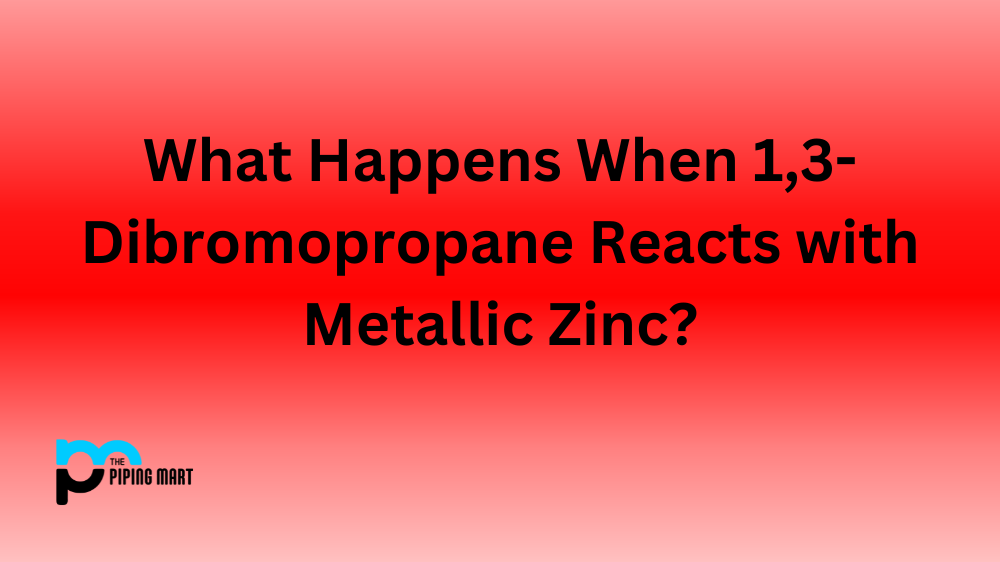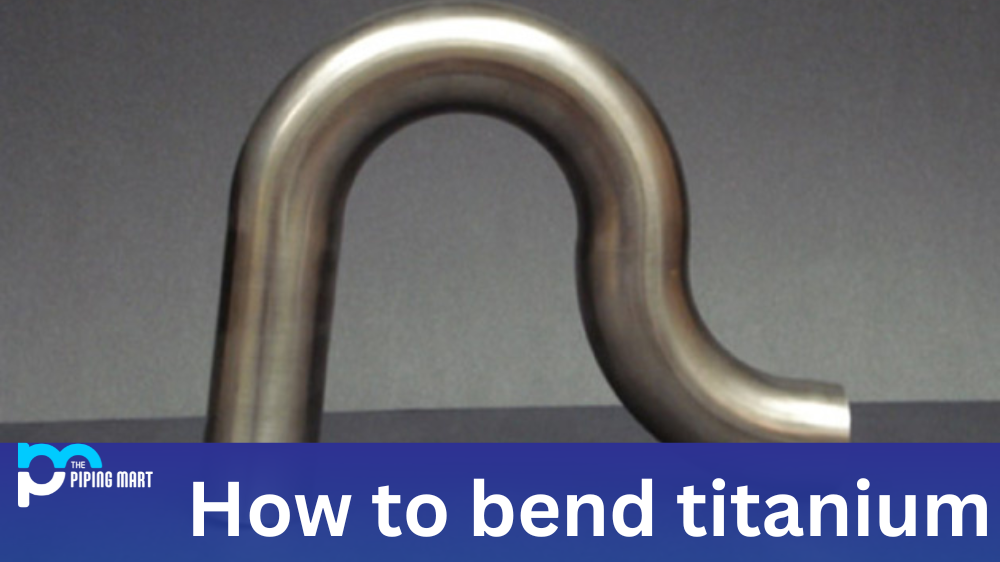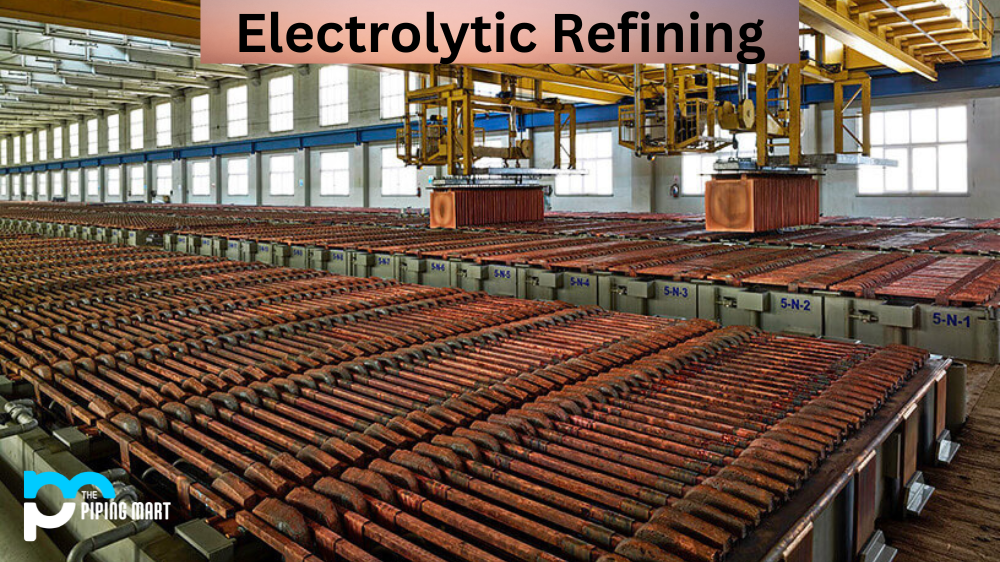Have you ever wondered what would happen if you combined 1,3-dibromopropane with metallic zinc? Well, you’re about to find out! Keep reading for a comprehensive look at the chemical reaction between these two substances and what it means.
1,3-Dibromopropane is an alkyl halide that contains two bromine atoms attached to a propane molecule. It can be used in organic chemistry as a halogenation agent or as a reagent in other reactions. On the other hand, metallic zinc is an elemental metal that is found naturally on Earth. It has numerous industrial uses and can also be used in chemical reactions.
When 1,3-dibromopropane reacts with metallic zinc, it undergoes a nucleophilic substitution aromatic (SNAr) reaction to produce 2-Bromo-2-methylpropene. This type of reaction occurs when a nucleophile bonds to the carbon atom in an aromatic ring and displaces the leaving group from the ring. In this case, the leaving group is one of the bromine atoms attached to the propane molecule. The result of this reaction is 2-Bromo-2-methylpropene, which is an unsaturated hydrocarbon with two double bonds and two methyl groups attached to its C2 carbon atom.
This SNAr reaction has several advantages over other types of reactions involving 1,3-dibromopropane and metallic zinc due to its high yield and selectivity for producing 2-Bromo-2-methylpropene instead of other possible products. Additionally, it requires fewer steps than other methods, which makes it easier and cheaper to carry out in a laboratory setting or on an industrial scale.
Conclusion:
All in all, combining 1,3–dibromopropane with metallic zinc yields 2–Bromo–2–methylpropene through a nucleophilic substitution aromatic (SNAr) reaction. This type of reaction has numerous advantages due to its high yield and selectivity for producing one particular product with fewer steps than alternative methods. If you’re looking for a reliable way to synthesize 2–Bromo–2–methylpropene from these two substances, then SNAr might be your best bet!
Sakshee is a talented blogger, with a particular focus on the Business and Metal Industry. She is passionate about sharing her insights on various metal products and helping professionals to make a better decisions.




